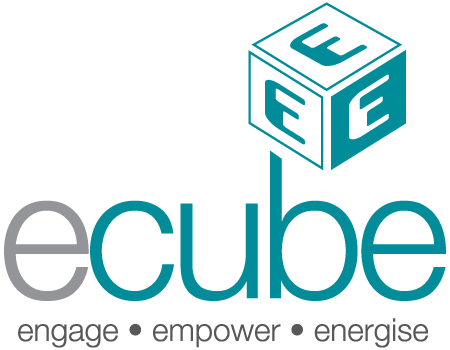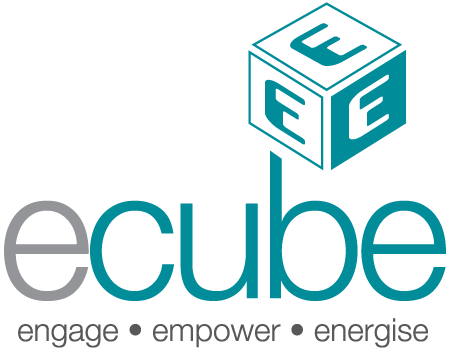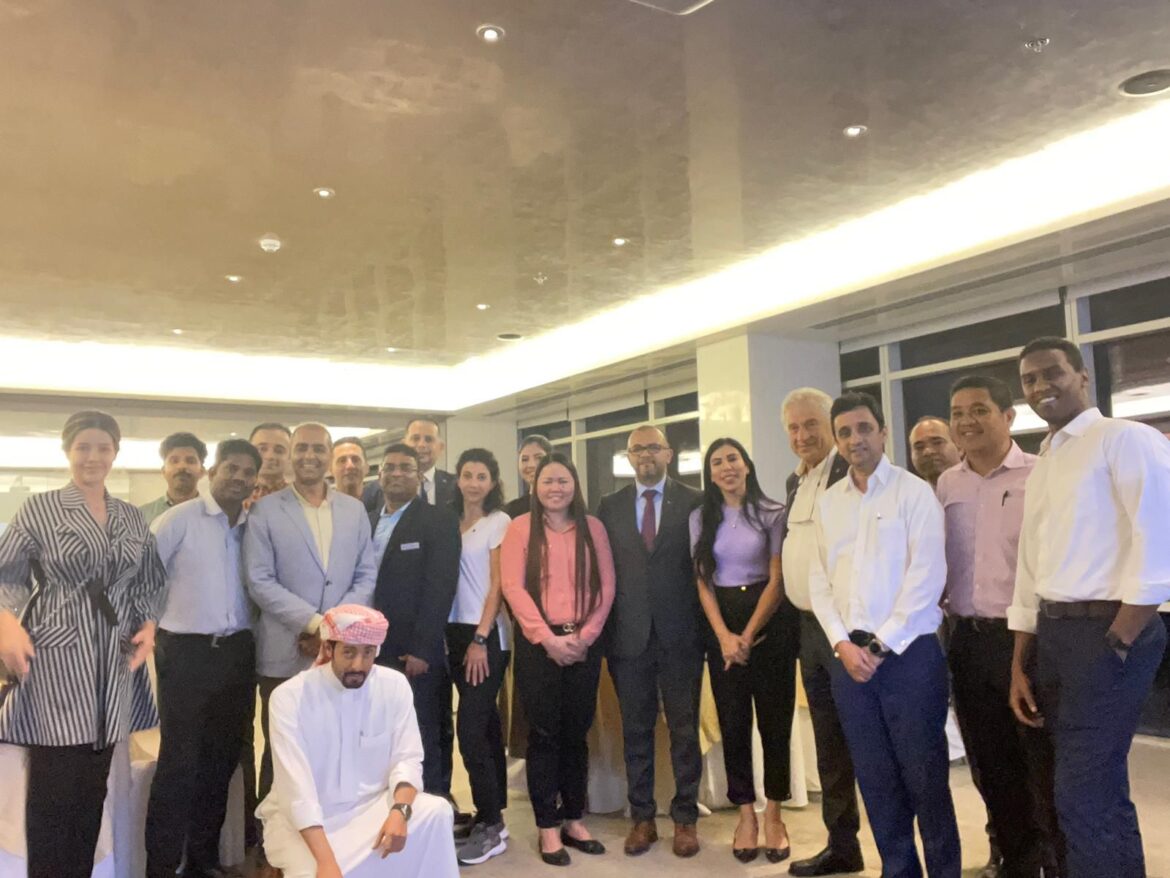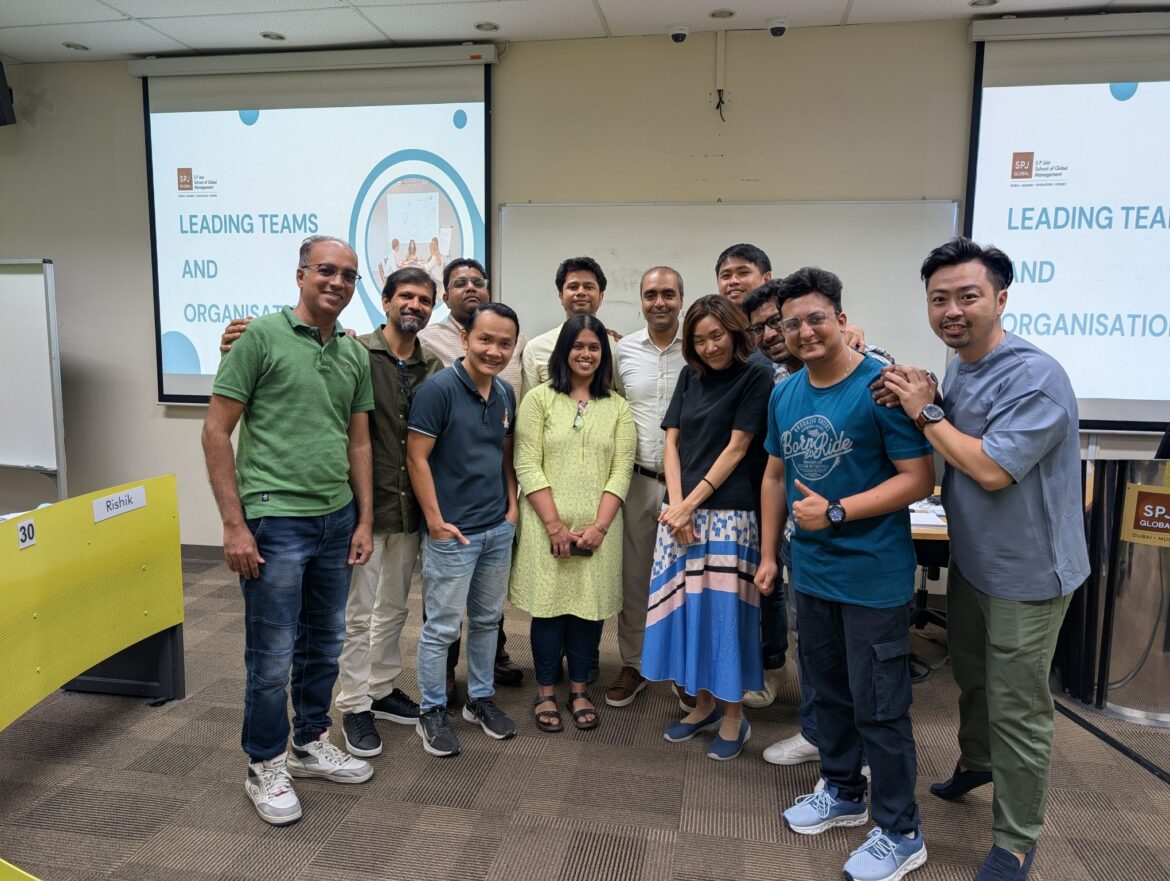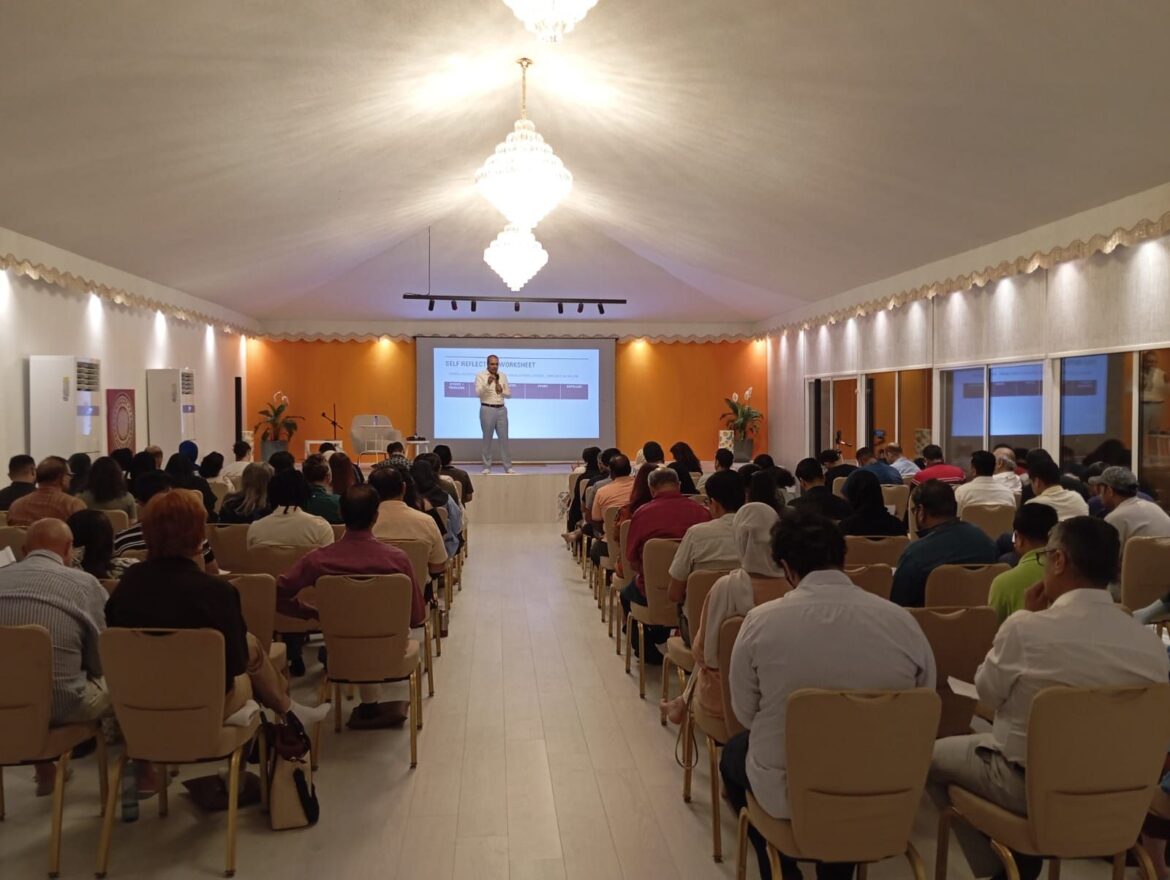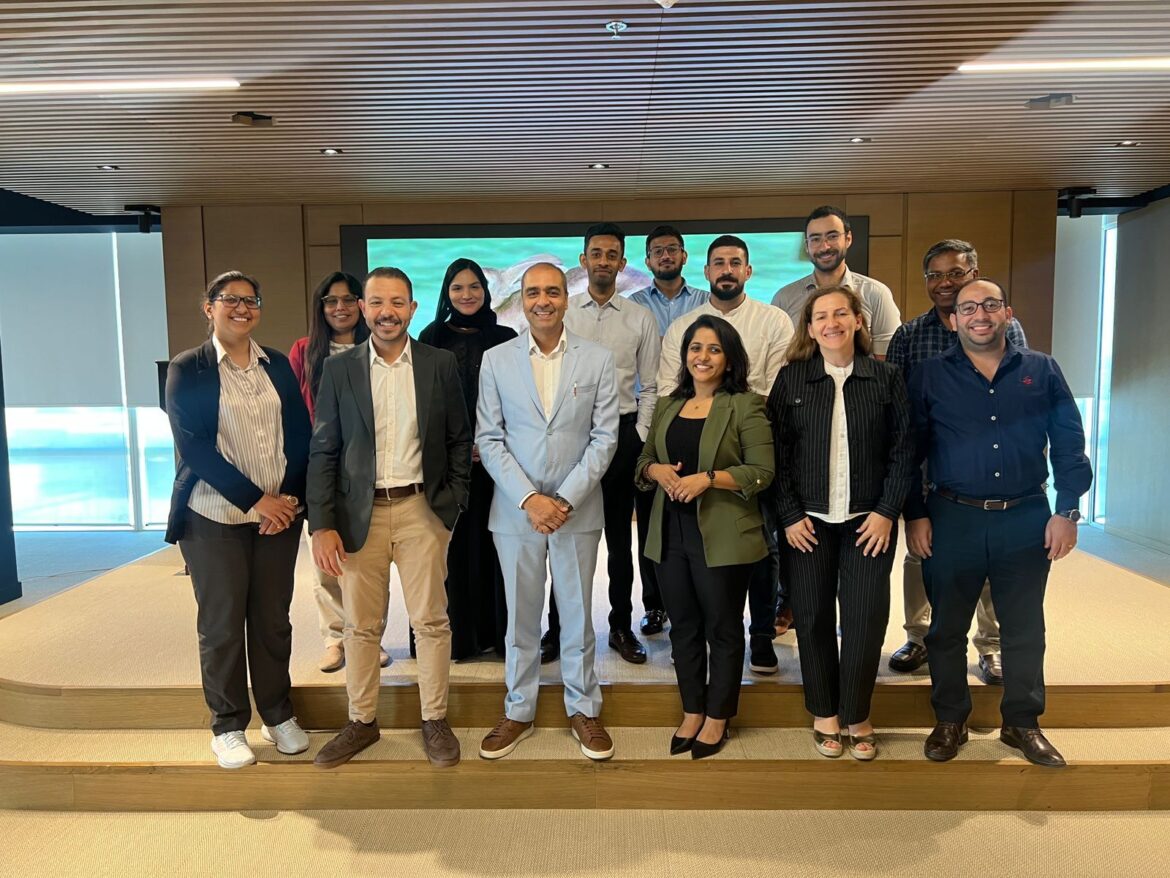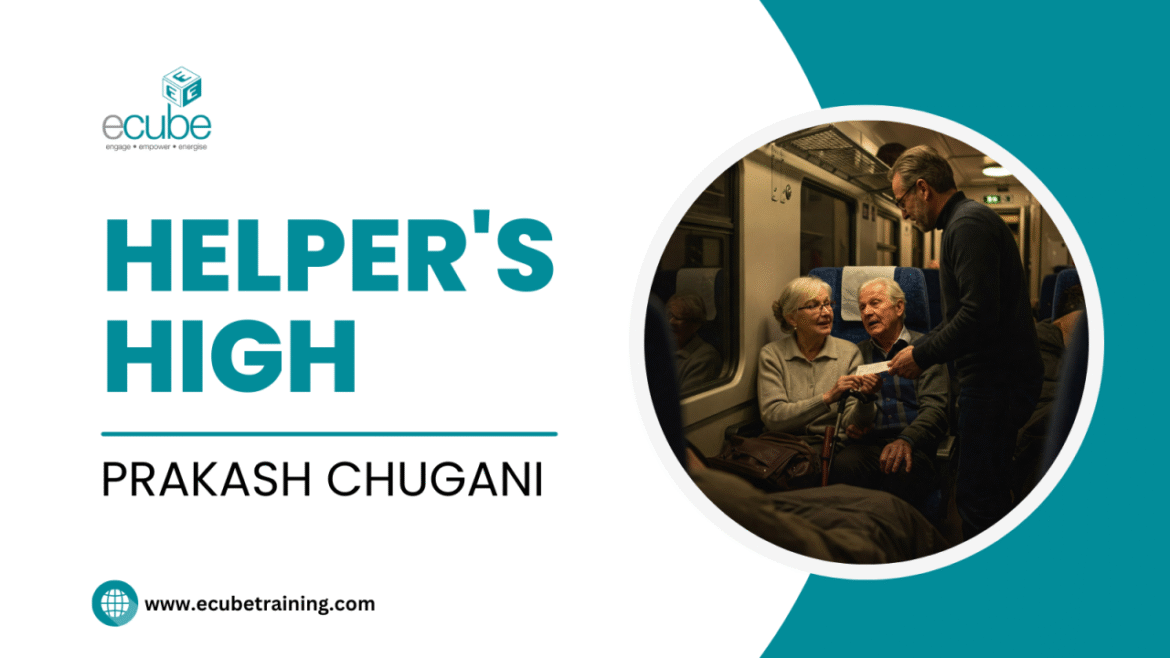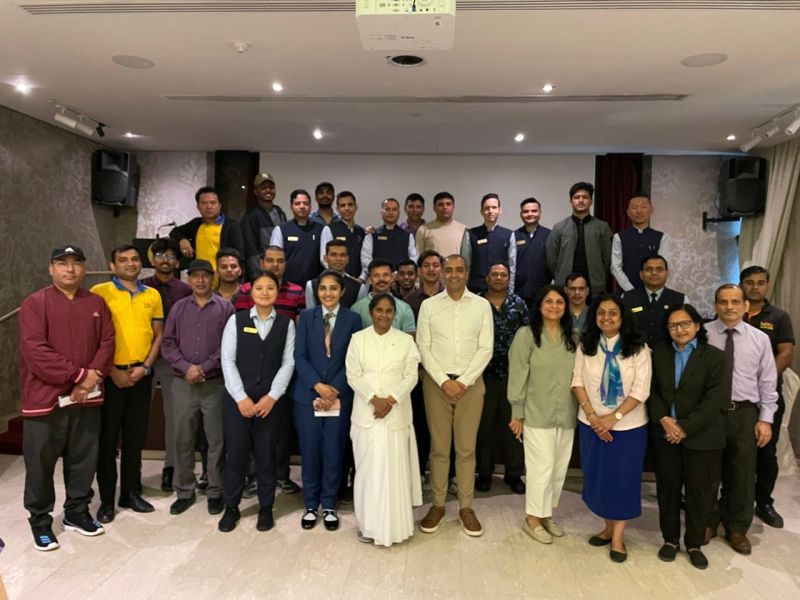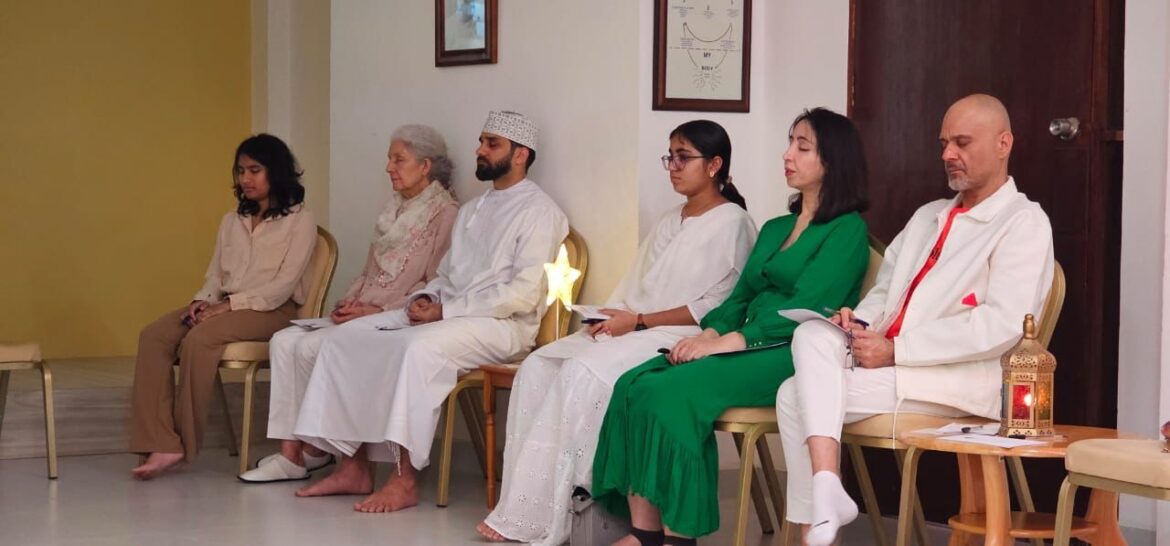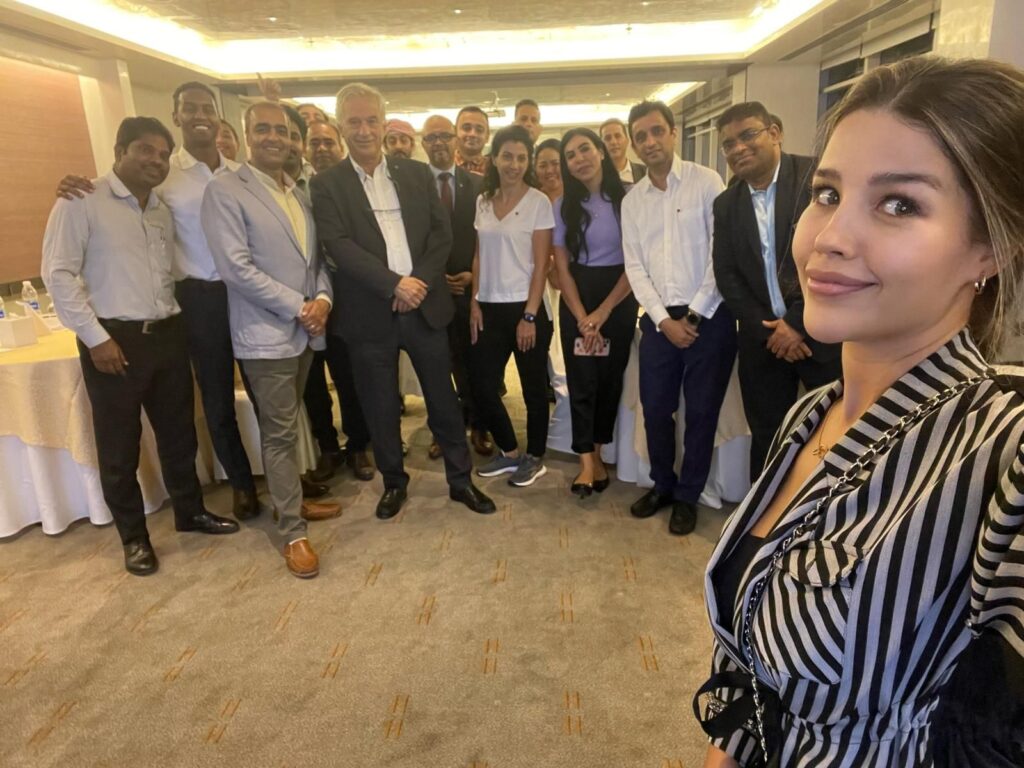

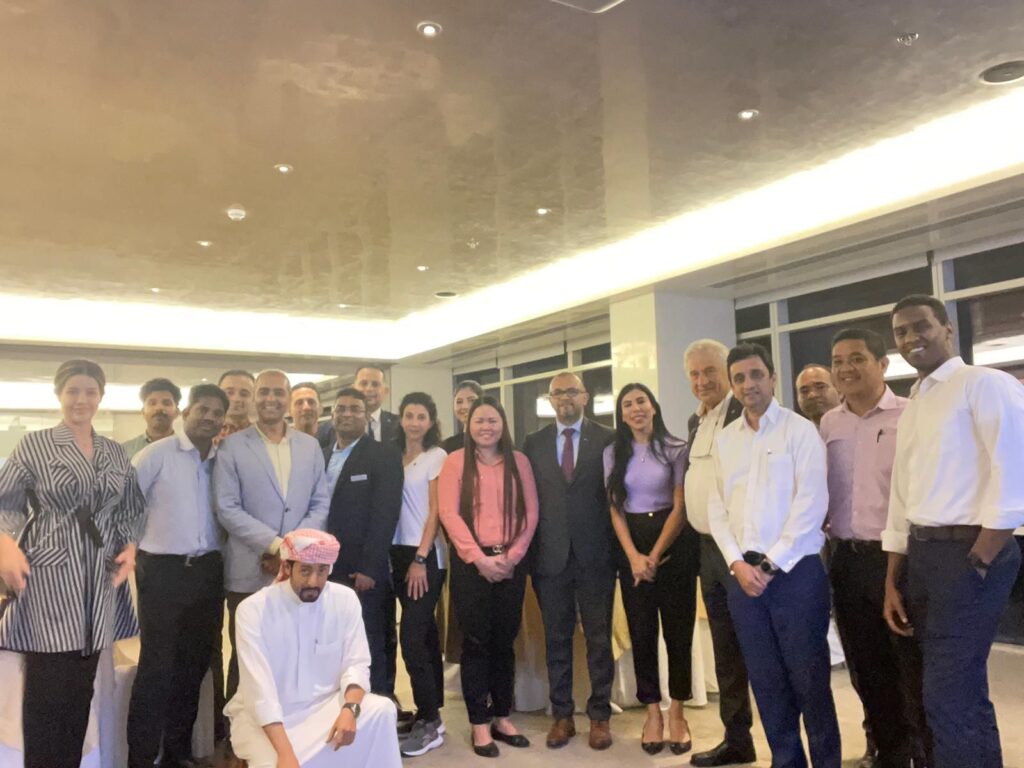

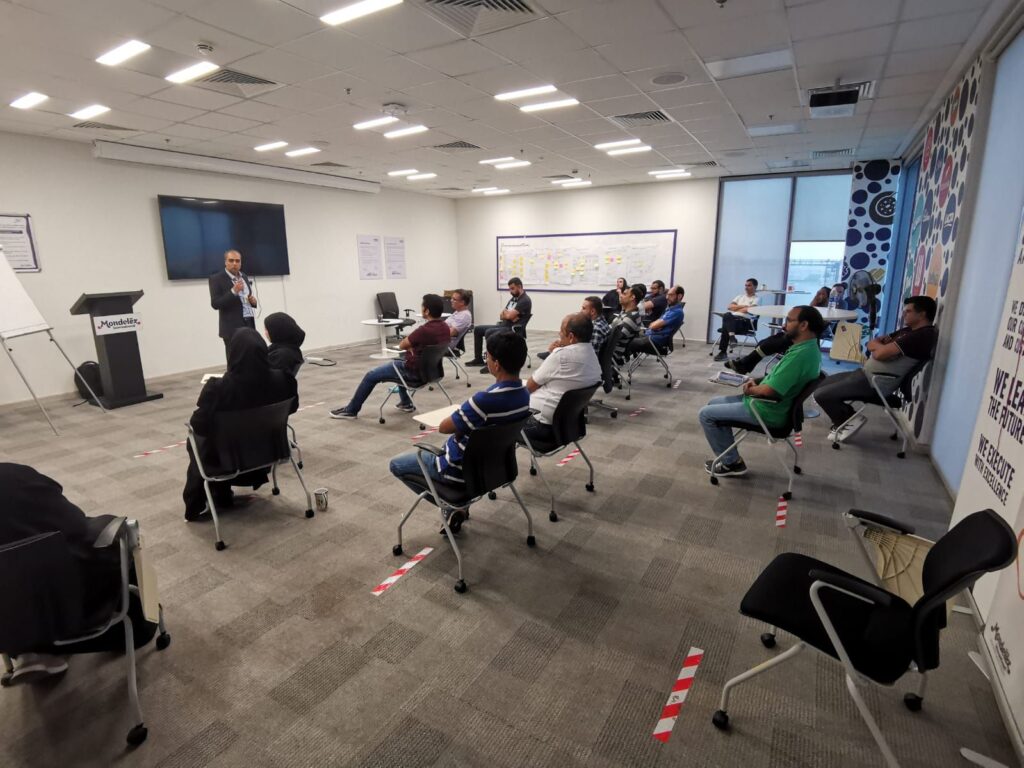
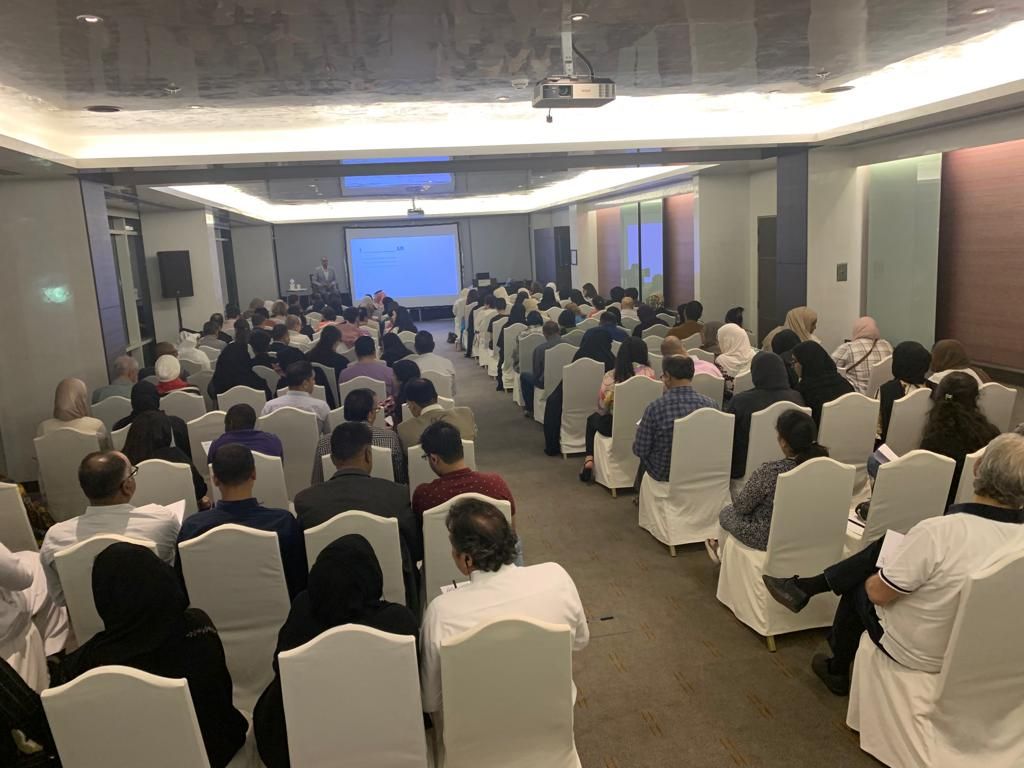

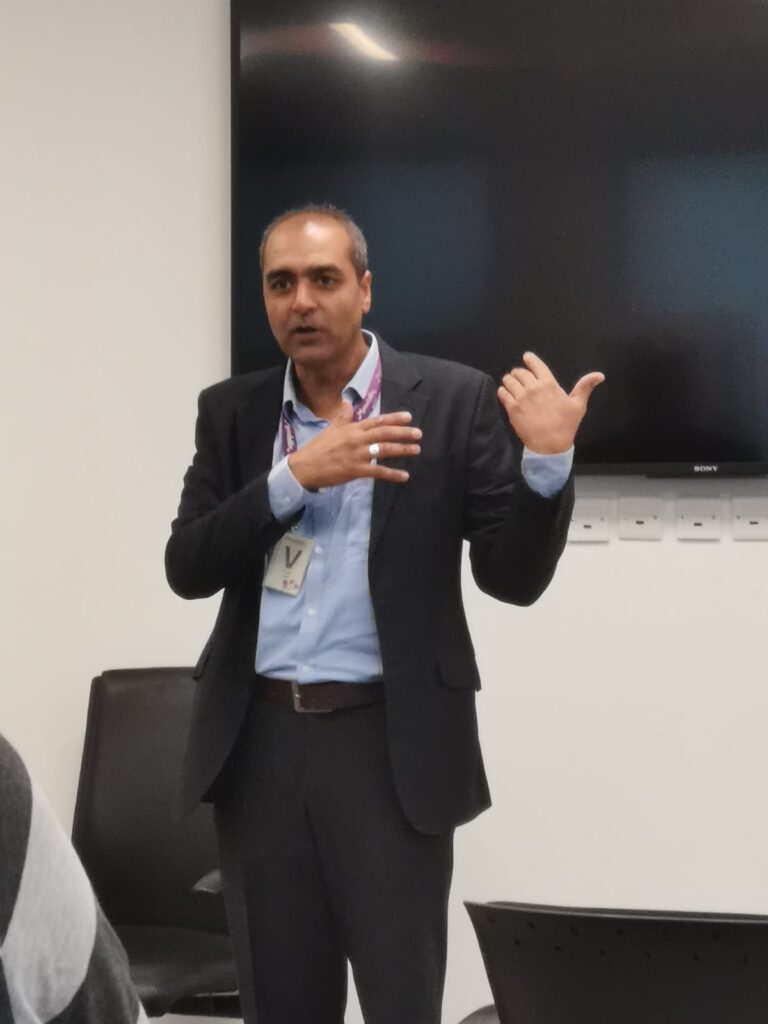
Work-related stress isn’t always avoidable!
But, when addressed well, its within our control.
I was privileged to facilitate a workshop on worklifebalance with professionals of a multinationalcompany in bahrain and a workshop on coping with change, and facing_fears, with the professionals of The Art Hotel and Resort, Bahrain to help them keep ‘burnout at bay and stepping out of fears! The brilliance of Bahrain is ever so inviting and always a pleasure to keep coming back to this lovely land of two seas!
